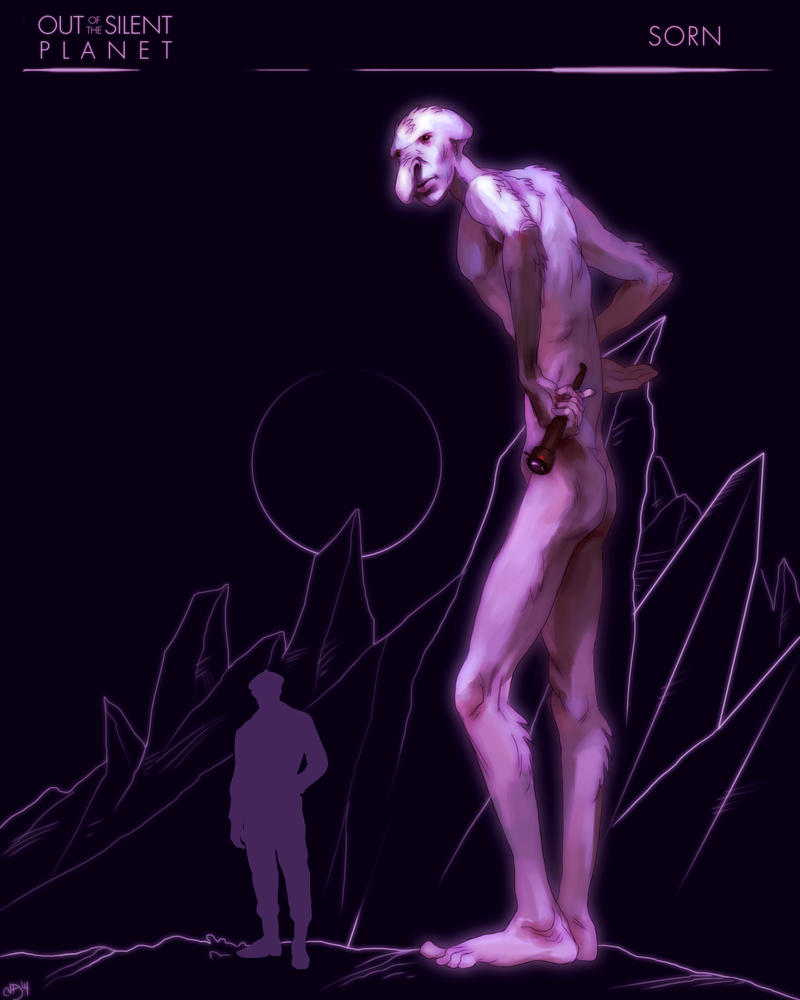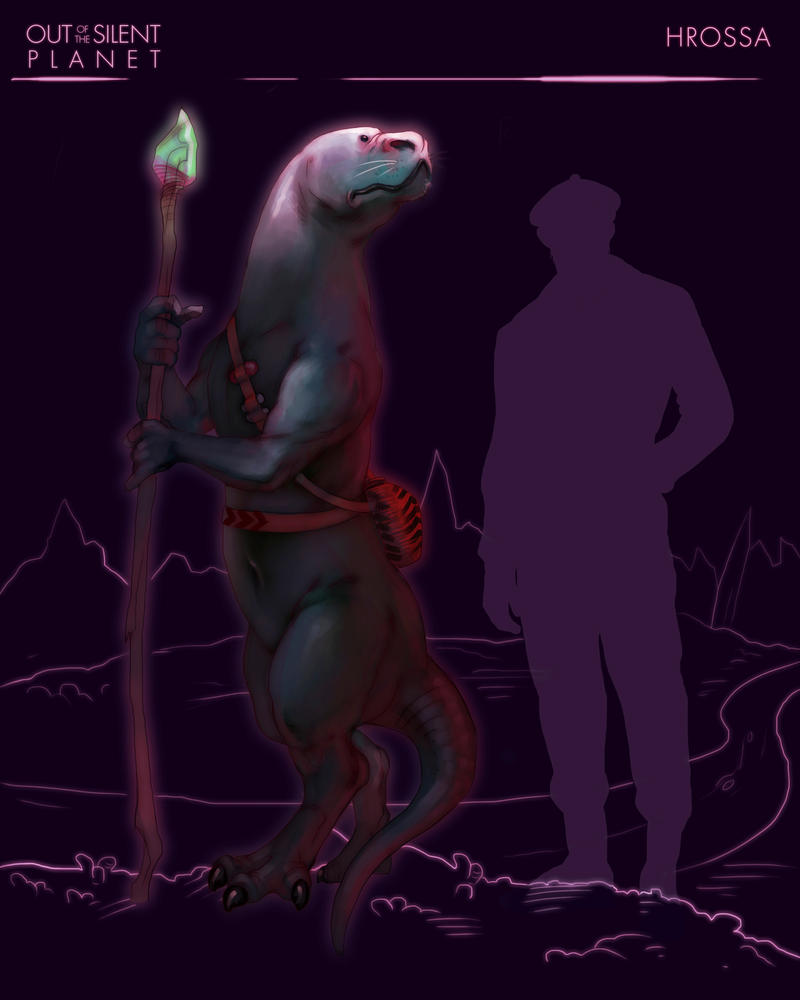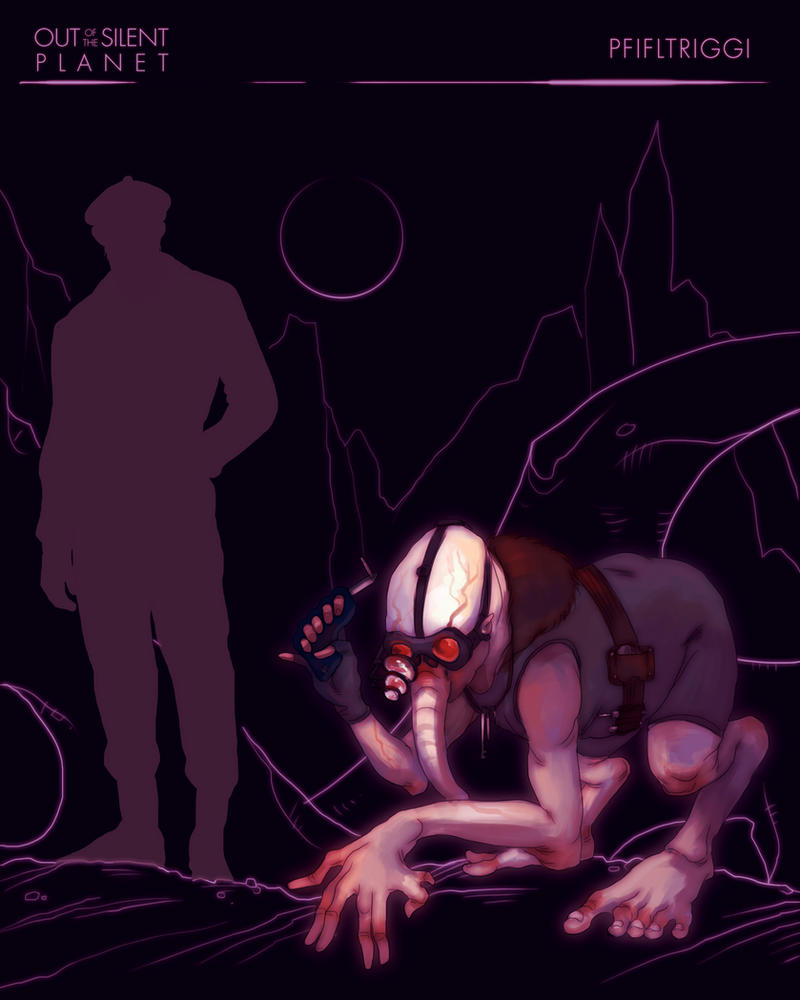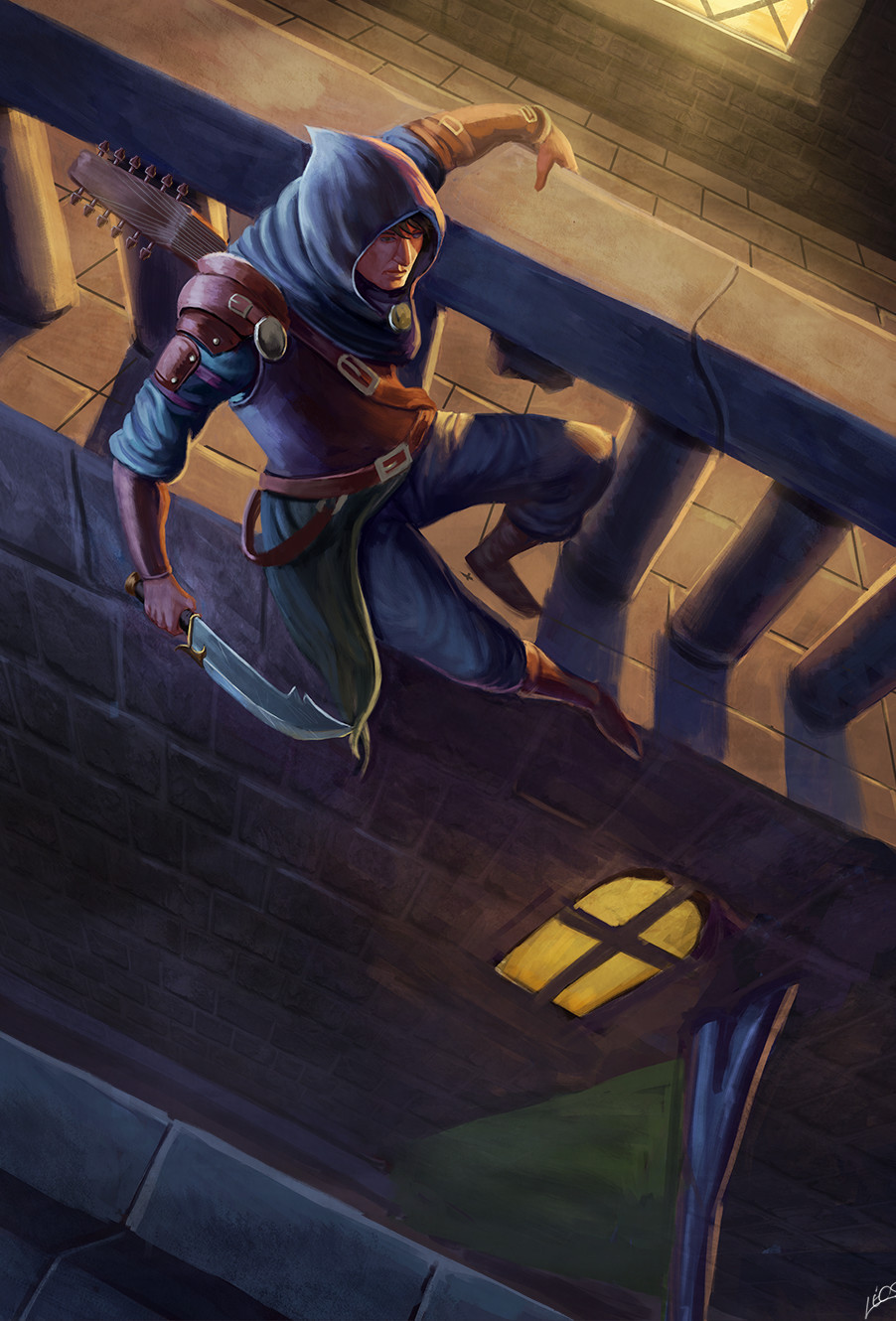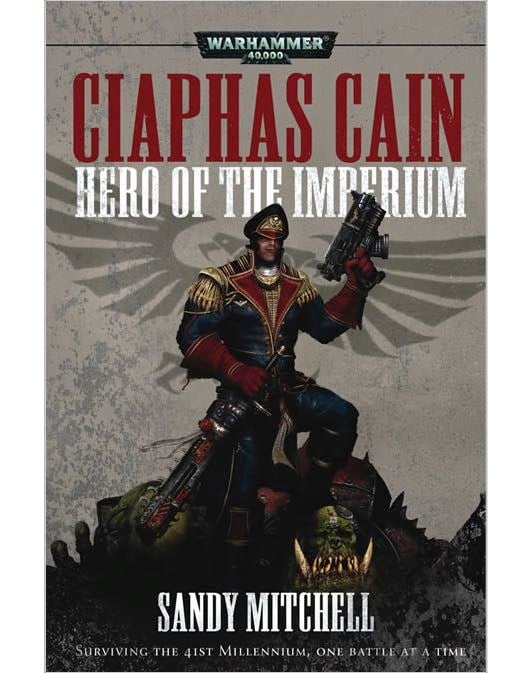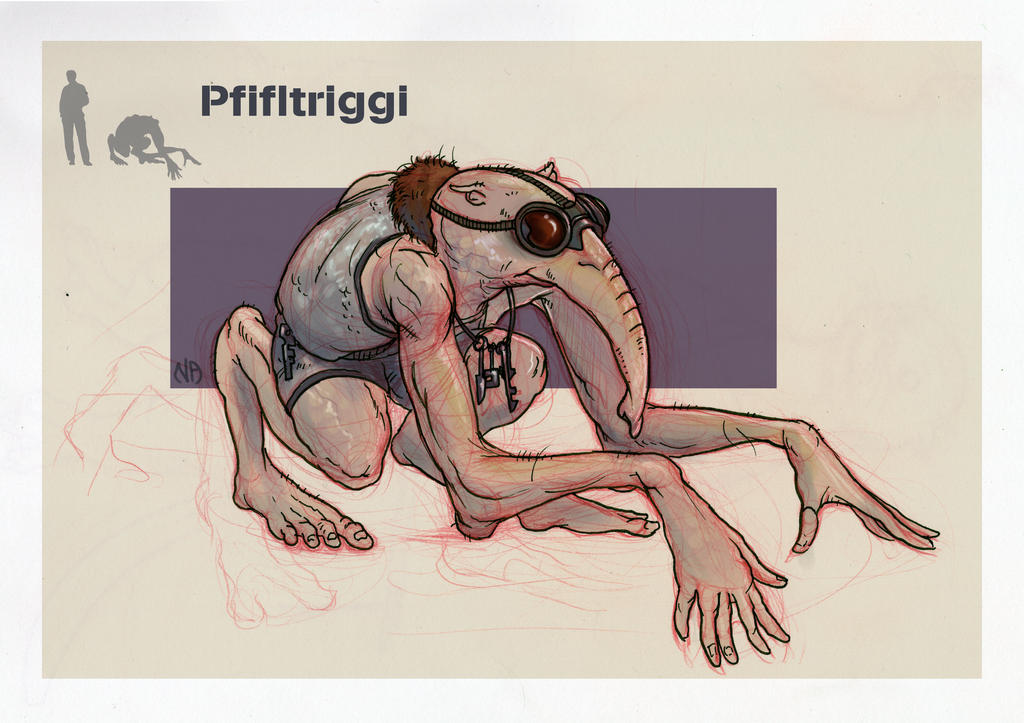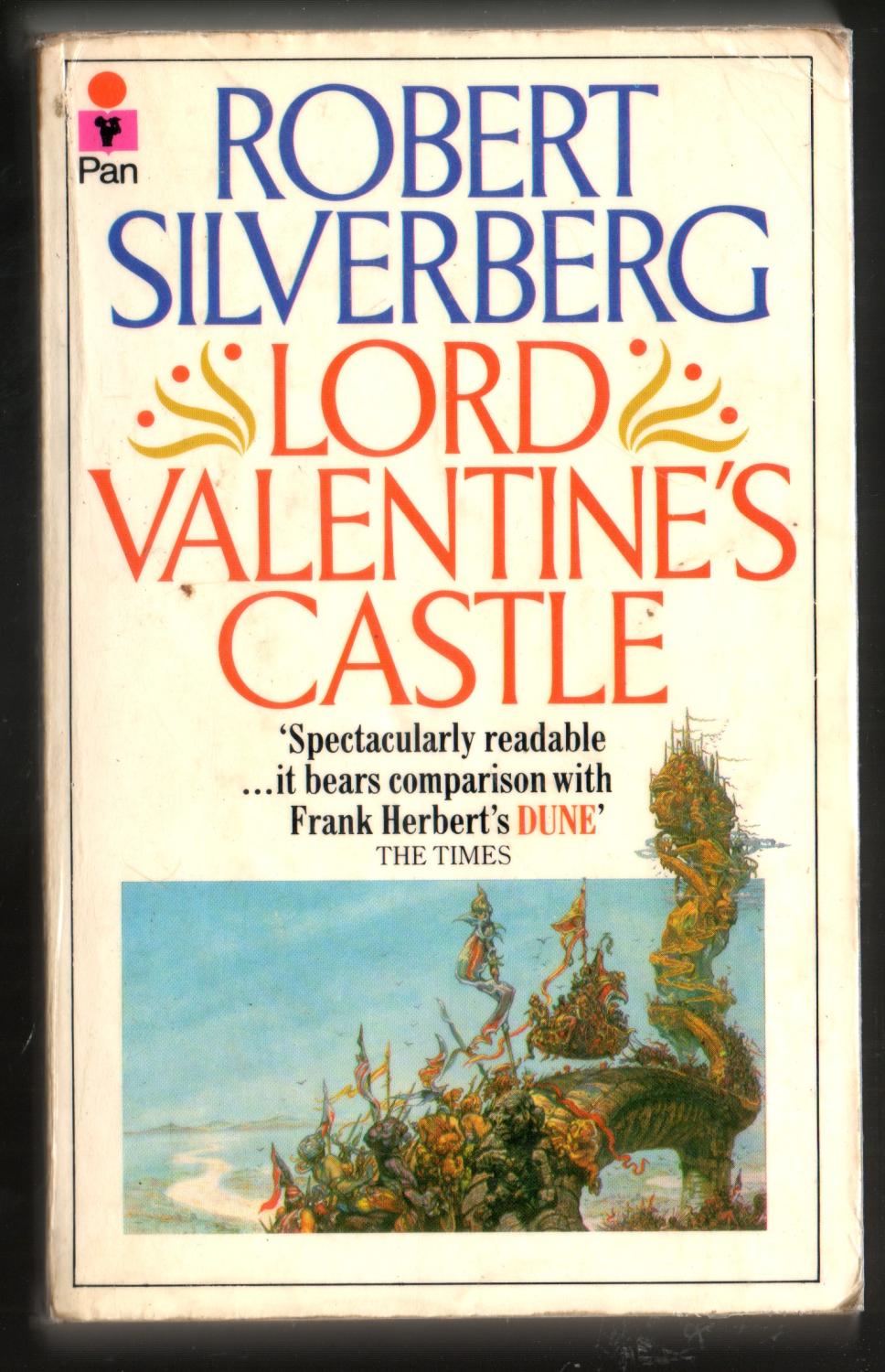Setting
The land of the unbelievers, the
fallen. A great desert, with who knows what lurking beyond. Where ten crusades
have faltered. The Land of Punth.
South of the great mountains, south of the border provinces
of the Empire lies Punth. The tribes of
the deep desert co-exist with the Ziggurat-Cities along the river, all under
the eye of their alien lords.
Who are these strange folk? From where did they come?
Many centuries ago, the land called Punth was like any other
human realm – but it was under, and had been for many years, the rule of a Sorcerer-King
and his cabal. Not content with wielding
power over the bodies of men, he extended his grip to their minds. He held
absolute sway over them for decades.
Then the sky fell on his head. Either by the final collapse
of his power, or divine intervention, or cosmic coincidence a vessel of shining
metal sundered his tower, his flesh and his spirit – though the vessel itself
was cracked utterly in so doing. The crew of the vessel called themselves the
Qryth; beings of another world. They are somewhat humanoid, typically ten feet
in height, generally having greenish skins and four arms, stronger than those
of men.
These Qryth found themselves stranded, with slim chance of
rescue. Fortuitously, they found themselves in a largely agreeable climate;
further, they had just decapitated a potentially hostile power. However, the
trauma to Punth levelled by not just a crashing star-ship but also the
shattering of a mind-control network was acute. The Qryth, out of both
benevolence and self-interest wished to rebuild Punth. Being the only sapient
creatures capable of meaningful volition and action in Punth, they naturally took
on leadership roles.
In order to give instruction to the people of Punth, they
created the Codes. A vast canon of instruction, teaching, law and thought. The
only means of communication after the arrival for the Qryth would be in
quotation from these Codes. Among the Punth, this is the case still. It would
be many years – at least a generation - before the Qryth met with the folk of
other lands and realised their error in the introduction of the Codes. When
they did so, they elected to maintain them for the sake of the psyche of Punth
and their own security on a strange world.
The humans that dwell in Punth are of two sorts then:
dwellers in fixed communities, that communicate solely in the Codes. The higher
one’s education or status, the more of the code is known. For a city to be a
city, it must have a centre with the entirety of the Codes, alongside a school
for their teaching and a dwelling for a Qryth overlord. The Qryth are not as
such tyrants. But to shake the influence of the ‘Sky Princes’ influence is nigh
on-impossible.
The other humans are the nomads, the outcasts. Shaken from
the pillars of society by the envoys or missionaries of other lands, they speak
freely. They call themselves the Ka-Punth, the ‘true’ Punth. Such stories as
they have of the fall of the Sorcerer-King are decidedly garbled. It is
rumoured that some fraction of his spirit, or that of one of his disciples,
still moves amongst the tribes offering magical knowledge and inspiring revolt.
They accept the de facto dominance of
the Qryth – who in their turn do not spend great quantities of blood and treasure
in pursuing them.
As for the Qryth themselves, they might live longer than
men, but all the first generation have died long ago, as have their offspring
and children’s offspring. Their energy-throwers, landscape engines and thinking
devices have decayed beyond practical or frequent use. They have detailed records,
but these rarely illuminating.
The neighbours of Punth are not friendly to the Qryth. This
may be due to a garbled account of the fall of the Sorcerer-King conflating him
and the Qryth, or a religious impulse based on free will, or the alien nature
of the Qryth. An understanding of the Codes and the influence they have
on the Punth makes sympathy for them limited.
The Reserve
This is a place chosen for its resemblance to the Qryth
homeworld and is designated as a place for their cultural heritage. As such,
humans are kept out. Ancient arts and the careful use of magic have recreated a
number of chimera resembling the species of the Qryth homeworld; kept for the
pleasure and education of the Qryth. This was, if not necessarily a violent
species, one that dwelt on a planet with many competitors. Moreover, the values
of their starship crews tended to valour, fortitude and strength - and were not
averse to hunting and fighting. This is no perfect reconstruction of the
homeworld, nor of its practices, nor its mores.
Nevertheless, the Qryth do not wish for the land they rule
to be devastated by the beasts they hunt. Barriers both physical and magical
bound the reserve, keeping the beasts in. The Qryth are not fond of magic or magicians
– who must, perforce, often operate outside the Codes. They are kept carefully guarded.
The Reserve lies close to the mountains that divide Punth
and the lands of the Nirvanite. Its position is far from the main passes or the
Western Seaboard. It has limited strategic value. Two similar reserves exist in the land of Punth.
 |
| Made using Hexographer. Hexes are three miles wide. |
00.10 A Camp of Ka-Punth have gathered here. They have
spotted the fires of the Dwarven expedition at 01.05 and would welcome an
introduction and/or interpretation. They would value the Dwarves as a trading
partnership or an ally against the Qryth.
01.05 Dwarves from the Dividing Mountains have come down
into Punth, making a periodic Reconnaissance into the hilly hinterlands. Their presence would not be appreciated by
the Qryth. Their maps are out of date, but would only trust other Dwarven maps
– not that any information you might offer would be valueless.
02.00 A Dwarven tunnel and the ‘beachhead’ for the Dwarves
in 01.05 It is guarded, but the guards are few, trusting to secrecy more than
numbers. They are still less than hospitable.
02.14 A camp of Ka-Punth, unaware of the Dwarves and merely
hoping to do some business in the town at 17.13. They would not appreciate the
trouble the Ka-Punth at 00.10 might stir up.
05.08 Outside the reserve on the south-west edge is a
shrine. This is a retreat for the most faithful servants of the Qryth, so that
they can be close to their masters. They are strictly prohibited from going
within, but are offered sumptuous views of the reserve. The priests,
functionaries and lordlings within are devoted to the Qryth; though might pay
heavily to infiltrate the reserve. The site is well-guarded; the Qryth may
visit them if they deem it fitting. If you could retrieve the shrine’s copy of
the Codes, this would be immensely valuable in moving among the Punth unseen.
Many foreign powers would deeply appreciate such a copy.
06.06 A Qryth monument. It is used in a few rituals; one day
in twenty it might be visited by a Qryth elder and two juniors; one day in a
hundred it might be visited by thirty Qryth of various ages.
06.07 The central territory of a pack of monstrous Qryth
fanglizards.
06.09 The central territory of a herd of Qryth
behemoth-beasts.
07.08 A Qryth monument. It is used more frequently than that
in 06.06. Nearly every day at noon, a few Qryth are seen there. Once a month,
it is possible to see several Qryth holding a vigil over several days around
it, seated on red rock dolmens around the monument.
08.05 The central territory of a herd of Qryth dire-kine.
08.07 Atop a thick column of rock is the hunting lodge of
the Qryth. It has something of a barbaric splendour, full of rooms built for
non-human proportions and tastes. It is filled with not only dwellings and
hunting trophies, but also Qryth records and reading-rooms as well as artwork
by the Qryth for the Qryth – much of it made in studios in the lodge. It is
heavily walled to prevent the beasts of the reserve attacking but on the north
side a culvert might offer a way in. The three roads merge into one before entering
the main gate.
08.10 Rough ground makes this a fine ingress point to the
reserve.
09.07 A group of Qryth pachyderms make their home here.
09.10 This is the main access point to the reserve from
across Punth. The gates are guarded and the garrison that patrols them and much
of the reserve edge resides here. Beside them in 10.10 and 10.11 is an oasis
and herds of cattle that are used to feed the beasts of the reserve.
10.05 This fort is used to house the apprentice magicians
that maintain the bounds of the reserve. They are guarded very well and have
little fondness for their guards or, necessarily, the Qryth. If they are
removed from their duties (by whatever means) the magical bounds will dwindle
in 1d4 weeks. The Qryth are averse to checking the bounds themselves; the whole
point of the reserve is to forget their human subjects. However, the lack of
magicians will be discovered in 1d3 weeks. If the bounds do fail, the beats
within will find ways over or around the walls in at least a week and a half.
10.09 A group of Qryth drakes have their homes here.
10.10 The oasis here sustains the cattle in 10.11.
10.11 Pens corral the cattle for the reserve here. The
beasts inside prey on one another, but it is considered preferable that they do
not wipe one anther out and so prey-species are introduced and patches of
vegetation cultivated. If the supply of cattle or feed was destroyed or
stopped, it would take some weeks before the animal population began to drop.
12.14 A watering hole marks the turn off from the highway to
the reserve. It is a good meeting point for traders.
17.00 Another Dwarven tunnel emerges here; the miners would
be glad of company.
17.13 A Punth town is here, complete with a ziggurat - the
equivalent, perhaps of an English Cathedral town. Being so close to the border,
it is well fortified. Being so close to the reserve, there are plenty of Qryth
present. Not necessarily populous, but important. If you could retrieve the
town’s copy of the Codes, this would be immensely valuable in moving among the
Punth unseen. Many foreign powers would deeply appreciate such a copy.
18.08 A Punth village is up the river here from 17.13. It
lacks any Qryth presence. The hetman, with his own unique take on the Codes, maintains
a quiet smuggling trade with the Ka-Punth and the Dwarves.
Making use of this:
real world and literary comparisons
I have described Punth and the inspiration behind it
elsewhere; the gist is Tharks +Ancient Astronauts + Ziggurats + Tower Of Babel [Cf. Snow
Crash?] + Ascian Language [Book of the New Sun, Loyal to the Group of
Seventeen] - though the
Ka-Punth have something of the Fremen.
Pithily, Babel meets Barsoom, on
the sands of Arrakis. Find a desert environment rule set that works for you.
Punth itself is vaguely Mesopotamian,
though costume and set dressing is probably more Arabic than Assyrian – though without
a direct Islamic equivalent or pastiche. Punth has changed in terms of
technology from the Bronze Age equivalent levels that the Sorcerer-King would
have had at his command, even if some features of that time (ziggurats) have been
maintained by the Qryth. There is something
vaguely reminiscent of the Maoist Cultural Revolution in the Codes. You may
choose to reflect this in the character of the more fanatical Punth.
The stats of the Qryth beasties
are up to you. The names are broadly drawn, but the beasts themselves ought to
be deliberately alien to players. Players are assumed to be coming into Punth;
if they have a familiarity with it, it is likely only to be as a Ka-Punth who
has wandered far from home.
No-one in universe could really
say where the Qryth are from, or how they got here. (Same goes for the Sorcerer-King
– who could easily be a Sorcerer-Queen, or a cabal of mages). Their story
shouldn’t lean too heavily on the
Chariots of the Gods. It should be a surprise when a Qryth elder tries to
use a laser pistol for the first time on the players!
It may be valuable drawing on
L.E.Modesitt Jr.’s Saga of Recluce
for inspiration – especially the Cyador
books. The tale of shipwrecked folk building a civilisation in a strange and
hostile place (and exactly what this means for their neighbours and descendants)
is interesting. The Qryth are unlikely to be religious in the same fashion as their
neighbours, if at all. This extends to the Punth, even in a world of clerical
magic.
[First time I've made something like this; it may be amended or revised in time. Comment appreciated.]


